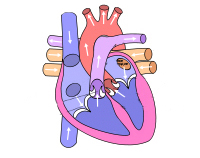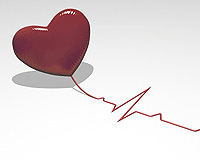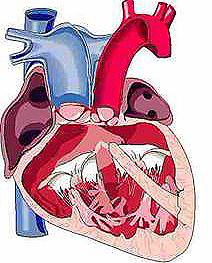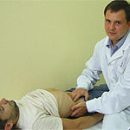Circulatory in the brain, its regulation, change in blood flow in brain vessels. Characteristics of drugs that improve blood supply and nutrition of nervous tissue.
Content
- Prepared effects on brain vessels
- Preparations that improve metabolism in brain tissue
- Features of the reception of drugs to improve cerebral circulation
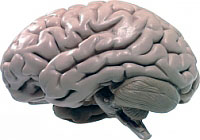 The blood supply to the brain has a number of features. First, nervous cells are very sensitive to the lack of oxygen. When stopping a heart when blood flow is stopped in a brain, after 5 minutes the death of the bark comes. Secondly, an excessive overflow of the blood vessels of the brain, placed in non-aggressive skull bones, is fraught with an increase in intracranial pressure, which also has a number of negative consequences.
The blood supply to the brain has a number of features. First, nervous cells are very sensitive to the lack of oxygen. When stopping a heart when blood flow is stopped in a brain, after 5 minutes the death of the bark comes. Secondly, an excessive overflow of the blood vessels of the brain, placed in non-aggressive skull bones, is fraught with an increase in intracranial pressure, which also has a number of negative consequences.
When the system pressure drops in the brain include regulation mechanisms, preserving blood flow in brain vessels relatively stable, and adaptation mechanisms aimed at maintaining normal metabolism in tissues.
Some pathological processes lead to a failure in regulation. In cranial and brain injuries, the vascular tone may be impaired, and the intracranial pressure changes after the system. With hypertensive disease with high systolic pressure numbers, there is a re-feast of the brain pressure in the direction of increasing. The most common causes of blood flow in the brain are atherosclerosis and thrombosis, blocking the clearing of vessels.
Prepared effects on brain vessels
This group includes Cavinton (Vinpocetin), Sermion, Cinnarizin, Pentoxifyllin.
Cavinton has a vasodilatory action, reduces platelet aggregation, restores the disturbed after ischemia regulation of brain circulation and metabolism in the nervous tissue. It is used in neurological disorders associated with circulatory disorders, vascular changes in the ear and retina.
Cinnarizin — Antagonist calcium channels. Improves brain and coronary blood circulation. Used in atherosclerosis.
Strong, but the short-term vasodilator effect on the brain has nitroglycerin.
Antispasmodics also affect the tone of brain vessels: but-shpa, papaverin, dibazole.
Preparations that improve metabolism in brain tissue
General indications for the purpose of drugs:
- acute violations of the cerebral circulation in the stage of rehabilitation;
- arterial hypertension;
- Card and brain injury;
- cardiopsychoneurosis;
- overwork.
This group of drugs includes derivatives of GABC (piracetam, peyonal).
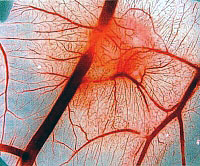 Piccoon improves memory and increases attention, reduces headaches. Piracetam (nootropyl) has similar effects. It should not be used in memory disorders in the elderly patients, as it causes the effect of exhaustion, and after short-term improvement there comes a serious reduction in memory. Preference should be given to drugs containing ginkgo biloba extract (Memoplant, Tanakan, Bilobil). They improve cerebral circulation and at the same time enhance the metabolism, increasing memory.
Piccoon improves memory and increases attention, reduces headaches. Piracetam (nootropyl) has similar effects. It should not be used in memory disorders in the elderly patients, as it causes the effect of exhaustion, and after short-term improvement there comes a serious reduction in memory. Preference should be given to drugs containing ginkgo biloba extract (Memoplant, Tanakan, Bilobil). They improve cerebral circulation and at the same time enhance the metabolism, increasing memory.
Cerebricsin — Brainstorm hydrolyzate containing amino acids required to restore nervous tissue trophic. Applied after injuries and vascular disasters.
Food of the brain by reducing platelet aggregation improves thanks to xanthinol nicotine, clopidogrel, Kuraltil.
With ischemic stroke, the combined drug Insenon has a good effect.
Pantogam acts gently, improving the trophic of nervous tissue, is assigned to children.
Features of the reception of drugs to improve cerebral circulation
Preparations of this group are applied by a long course, the courses should be repeated 2-3 times a year. It must be remembered about the phenomenon of the breaking, in which the vessels in a healthy tissue are expanding, taking the bulk of the blood, while the site with poor nutrition reacts poorly to the drug. In addition, Cavinton is not recommended for elderly patients with coronary heart disease, as it causes the phenomenon of condemning in myocardium.



